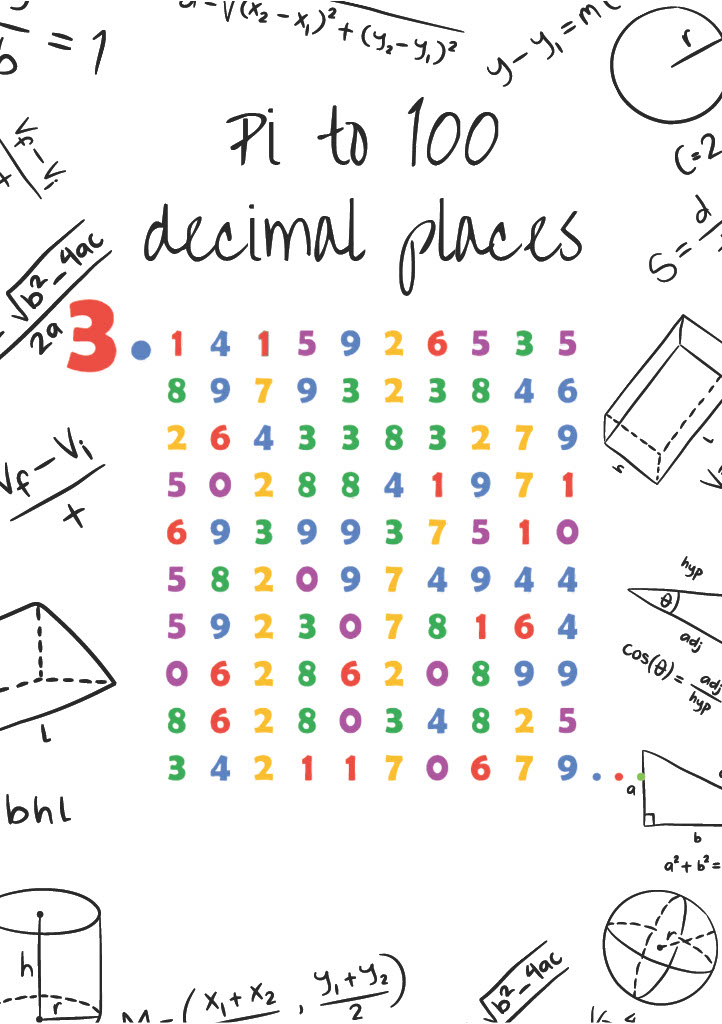Mathematics
Pi Day is a special celebration of the fascinating mathematical constant known as Pi (π). Pi Day is celebrated on the third month’s 14th day – 14 March – because the date, 3/14, reflects the first three digits of Pi (3.14). It’s a fun and exciting way for maths lovers, students and teachers alike to come together and explore the magic of this mysterious number.
At Kilbreda, we celebrate Pi Day with our annual Pi Reciting Competition, where students are challenged to memorise and recite as many digits of Pi as they can. This year, the competition will take place on the 11 March, just a few days before Pi Day. The winner will receive a gold Pi badge, and their name will be engraved on the trophy for all to see. Students are encouraged to take part in this fun event, as it’s a great way to show off your memory skills while also celebrating a number that plays such a huge role in maths and the world around us.

Pi is a number that shows up whenever we talk about circles. It’s the ratio of the circumference (the distance around the circle) to the diameter (the distance across the circle), and it remains constant no matter the size of the circle. The value of Pi is approximately 3.14159, but what makes it so special is that it’s an irrational number – this means it cannot be written as a simple fraction, and its decimal representation goes on forever without repeating. No matter how hard we try, we can never truly capture Pi in its entirety.
The history of Pi dates back thousands of years. Ancient civilisations like the Egyptians and Babylonians had early approximations of Pi, and though their methods weren’t as precise as what we have today, they understood its importance in measuring circles. It was the Greek mathematician Archimedes, around 250 BCE, who made huge strides in calculating Pi more accurately using polygons. Over time, mathematicians have continued to find more digits of Pi using advanced techniques and computers, but for everyday purposes, we usually round it to 3.14.

One way to calculate Pi is to divide the circumference of a circle by its diameter. This simple method gives us an approximation of Pi. As you might imagine, Pi shows up everywhere in real life – from the design of wheels and gears to the arches in bridges and the curves in buildings. Engineers, architects, and manufacturers rely on Pi to make sure things fit together perfectly, whether it’s constructing a building, designing a car tyre, or creating computer simulations.
The importance of irrational numbers like Pi goes far beyond just maths problems. They help engineers and designers build the world around us, creating things that are not only functional but also precise and safe. By understanding irrational numbers, we can appreciate the complexity and beauty of the world, where perfect fractions don’t always exist, and things are often more complicated than they seem.
So as Pi Day approaches, remember that Pi isn’t just a quirky number – it’s a crucial part of how we understand the world and how we build the things we use every day. If you’re up for a challenge, join the Pi reciting competition at Kilbreda on the 11 March, and you might just find your name engraved on the trophy as this year’s Pi champion!
Learn how to recite Pi here

Dr Karen McMullen
Learning Leader: Mathematics


